Fotos de vijay
Jan 1st
From: IndiaDivine.org
Sent: Saturday, October 17, 2009 5:10 PM
Subject: The Padma Purana
The Padma Purana
Second among the eighteen Puranas, Padma Purana is comprised of five parts: Srishtikhand, Bhumikhand, Swargkhand, Patalkhand and Uttarkhand.Srishtikhand contains an explanation of metaphysical knowledge in a dialogue between Bheeshma and the sage Pulastya. It contains a description of Pushkar Tirth, and recommends against the worship of the planets (grahas).
Indian Epic Redux: Mahabharat
in Orissa, Assam and Bengal
in Orissa, Assam and Bengal
Our ancient literature was essentially pan-Indian in character. As such, all Indian languages descend from only two sources: the Indo-Aryan and the Dravidian. Obviously, both Oriya and Assamese share their common origin from the Indo-Aryan stream. Further, as Dr. Grierson argues, Oriya, Bengali and Assamese are the three languages that have emerged from one common source: the Magadhan element, called Magadhi Apabhramsa.
Nanchinadu: Brahminical Origins of
the Royal Ploughing Ceremony
the Royal Ploughing Ceremony
The king's coronation, mundane ceremony, royal wedding, first ploughing ceremony etc. were among the important events at which the Thai Brahman priests officiated. The Ploughing Ceremony, the first of the traditional agrarian festivals, is basically of Brahman origin. The Royal Brahman astrologers set the auspicious day and time for the Ploughing Ceremony held in the sixth lunar month, usually mid-May.
Sri Rupa-cintamani: The Cintamani Jewel of Beauty
Prayers composed by Sri Visvanath Chakravarthi Thakur to Lord Krishna: "I worship Lord Hari, whose feet are endowed with the 19 great opulences of, on the left foot, the halfmoon, water-pot, triangle, bow, sky, cow's hoofprint, fish, conch, and on the right foot, the eight-pointed star, svastika, wheel, parasol, barleycorn, elephant-goad, flag, thunderbolt, jambu fruit, urdhva-rekha, and lotus."
Mahari: The Divine Damsels of Puri
The expression "Mahari" is a derivative of two Oriya words, 'Mahan' and 'Nari', meaning 'divine damsels'. They were a professional group, a class of sevayats of Lord Jagannath. The Mahari's consisted of different categories of sevikas, being assigned different sevas.
Nanchinadu: Harbinger of Rice and
Plough Culture in the Ancient World
Plough Culture in the Ancient World
Tracing a symbolic furrow at the end of the annual Royal Ploughing Ceremony (Preah Nongkoal), Prince Norodom Yuvaneath (King Norodom Sihanouk's son), dressed in the traditional robes of the royal court, commemorated an auspicious beginning of the new rice planting season based on an ancient Brahman custom around a procession of three royal oxen, who walk around the ‘Royal Rice Fields’ three times.
This newsletter is sent to 124,693 subscribers.
To subscribe, please visit: http://www.indiadivine.org/subscribe.htm
To unsubscribe, please visit: http://www.indiadivine.org/unsubscribe.htm

To subscribe, please visit: http://www.indiadivine.org/subscribe.htm
To unsubscribe, please visit: http://www.indiadivine.org/unsubscribe.htm
From: IndiaDivine.org
Sent: Sunday, October 18, 2009 6:50 PM
Subject: President Obama's message on Diwali to the Hindu Community
President Obama's message on
Diwali to the Hindu Community
Diwali to the Hindu Community
A video of President Obama greeting the Hindu community on the auspicious occassion of Diwala.
This newsletter is sent to 124,693 subscribers.
To subscribe, please visit: http://www.indiadivine.org/subscribe.htm
To unsubscribe, please visit: http://www.indiadivine.org/unsubscribe.htm
To subscribe, please visit: http://www.indiadivine.org/subscribe.htm
To unsubscribe, please visit: http://www.indiadivine.org/unsubscribe.htm

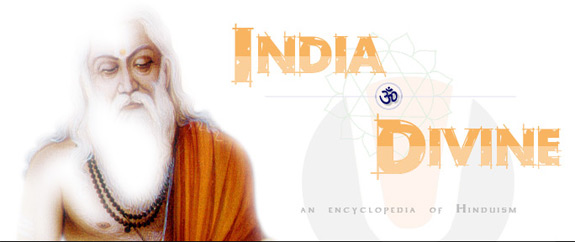
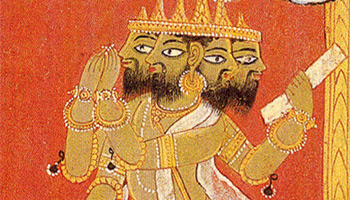
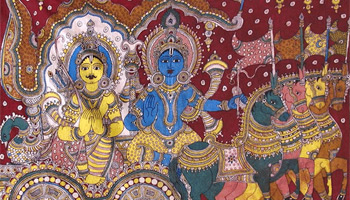
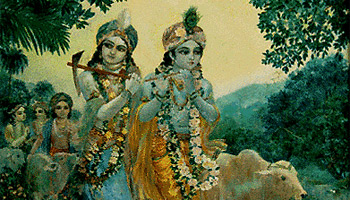
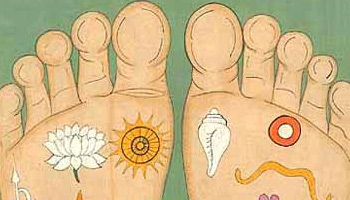
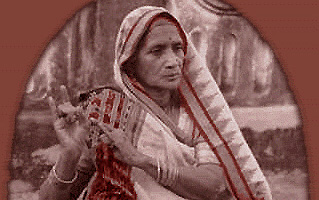
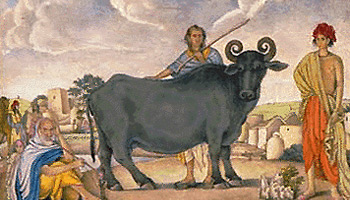
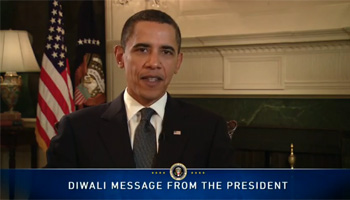

No hay comentarios:
Publicar un comentario